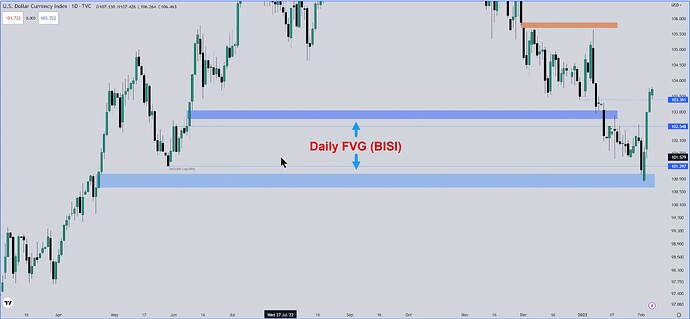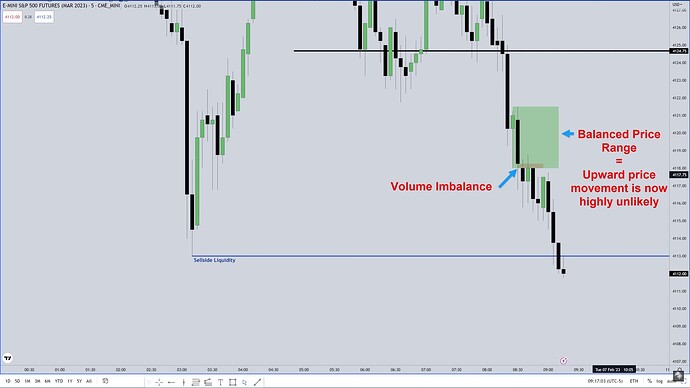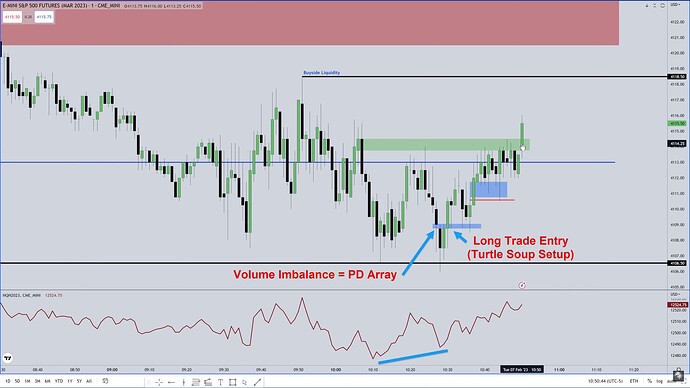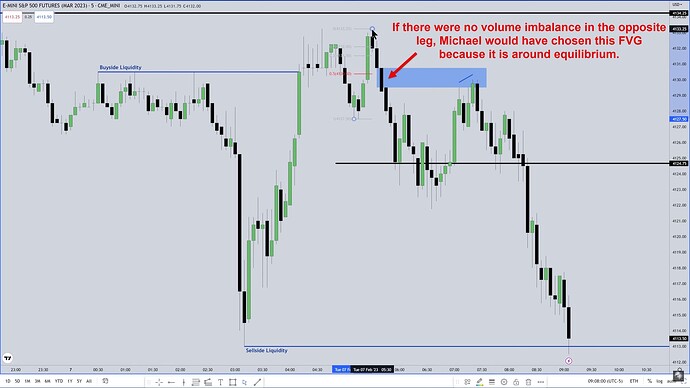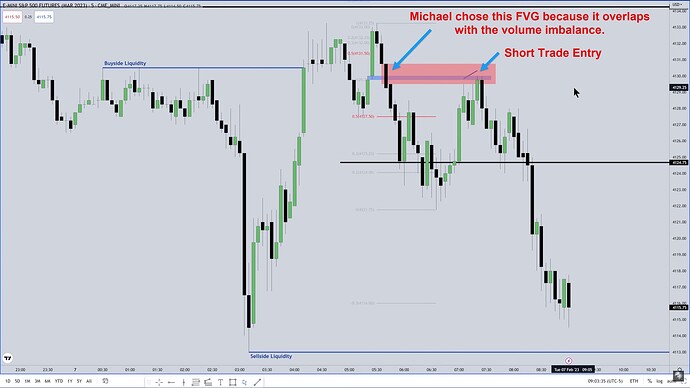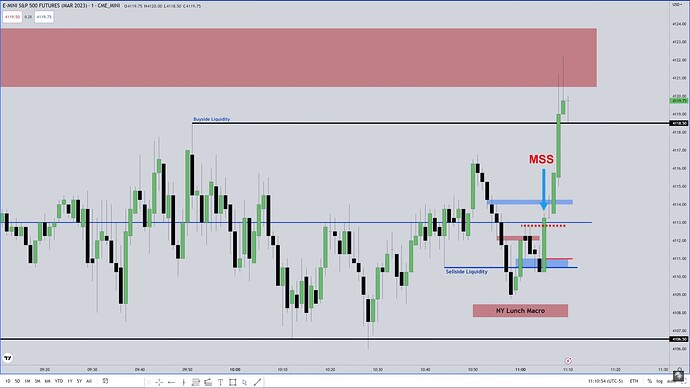Notes
- The market’s low-resistance liquidity run already occurred before the 9:30 opening, causing chop and indecision in price movements during the AM session.
- New traders often feel compelled to trade in every scenario, but waiting for cleaner, easier conditions is better.
- Michael wouldn’t use full leverage on a trading day like this due to the market’s high-resistance liquidity conditions (risk-off scenario).
- Risk-off scenario: If the US dollar’s value rises, foreign currencies will fall, and all other asset classes are likely to fall as well.
- Risk-on scenario: If the US dollar’s value falls, foreign currencies will rise, and all other asset classes are likely to rise as well.
- It’s better to avoid trades that feel like a struggle or don’t deliver quickly and efficiently.
- Preserving capital and managing risk are the primary roles of a trader.
- Trades should only be made when conditions are favorable, as low-probability situations will lead to losses regardless of strategy or setup.
- Trades should deliver with big ranges and quick movements, which signify a low-resistance liquidity run. If a trade doesn’t move favorably in a short timeframe, it’s better to exit and preserve capital.
- If the price trades through volume imbalance, it should do so with speed, avoiding retracements or respect for this PD array.
- Learning to avoid low-probability trades comes with experience, and newer traders may struggle to identify their setups initially.
- Consolidation periods can create conflicting signals, making it harder to trade successfully.
- Michael uses eight monitors, one of which displays the NQ and ES markets in 1-minute, 2-minute, 3-minute, 4-minute, and 5-minute chart views.
- The Turtle Soup setup does not require a Market Structure Shift (MSS). We want to see an SMT, a removal of significant buy-side or sell-side liquidity, and one PD array for a trade entry.
- Michael’s Turtle Soup setup in this lecture slightly modifies what he introduced in the ICT Core Content series. It is a safer version of the Turtle Soup setup.
- During the New York Lunch Macro (10:50 a.m. to 11:10 a.m.), we can expect a run on liquidity (liquidity that hasn’t been tapped yet). It will happen regardless of whether it is a consolidation, reversal, or trend day.
- In the last hour trading between three and four o’clock, there are three specific macros. Not every day does all three of them occur. Usually two, but always one of them.
Daily FVG (BISI)
ES Trade Example - Intermarket Analysis
ES Trade Example - New Week Opening Gap
ES Trade Example - Short Trade Entry On 5-Minute Chart
Balanced Price Range
ES Trade Example - Turtle Soup Setup
ICT 2022 YouTube Model - Short Trade Entry Without Volume Imbalance
ICT 2022 YouTube Model - Short Trade Entry
New York Lunch Macro
Next lesson: 2023 ICT Mentorship - Market Review: February 7
Previous lesson: 2023 ICT Mentorship - Institutional Market Structure & Standard Deviations With Buyside Liquidity
